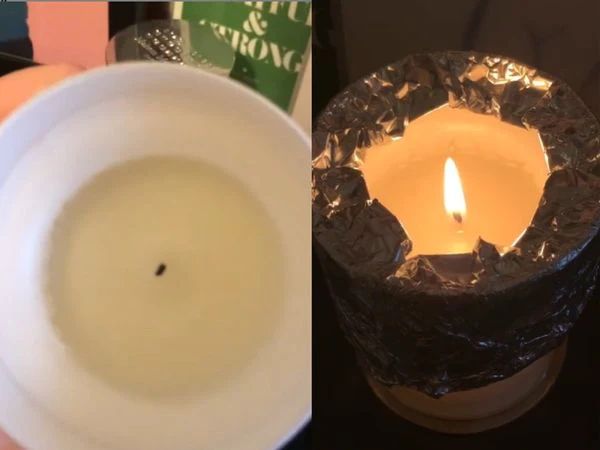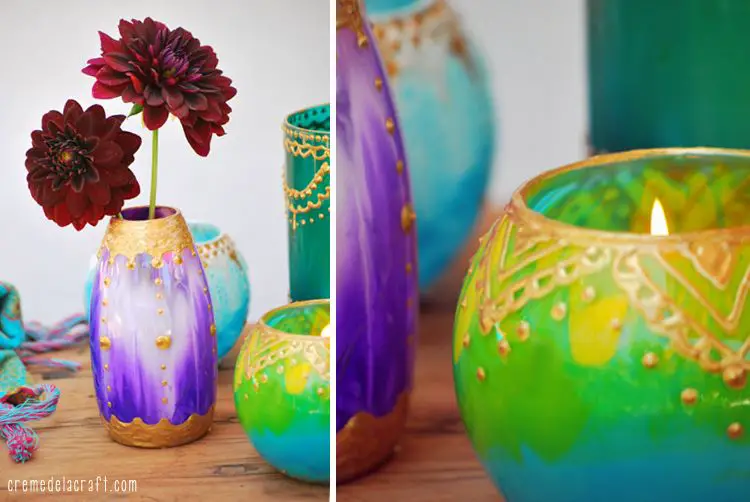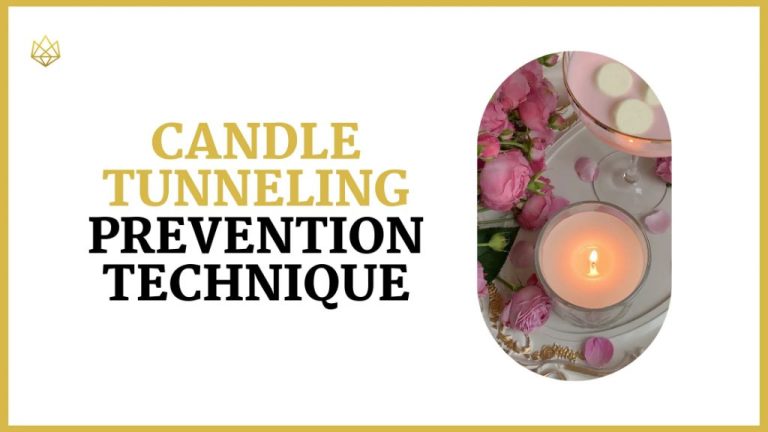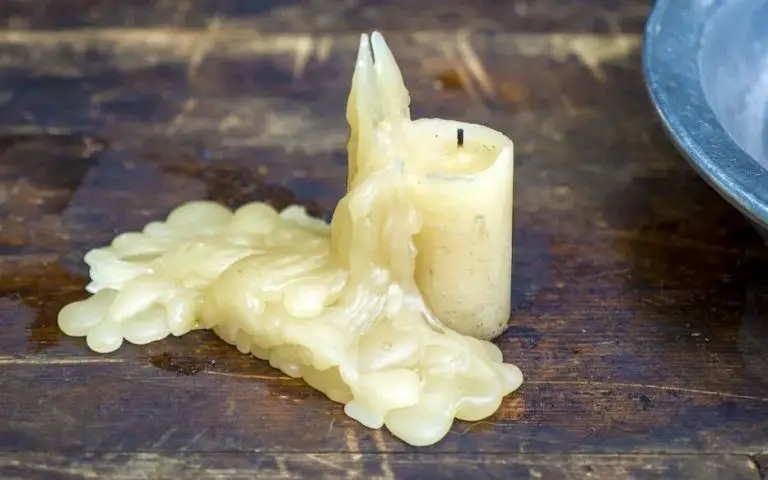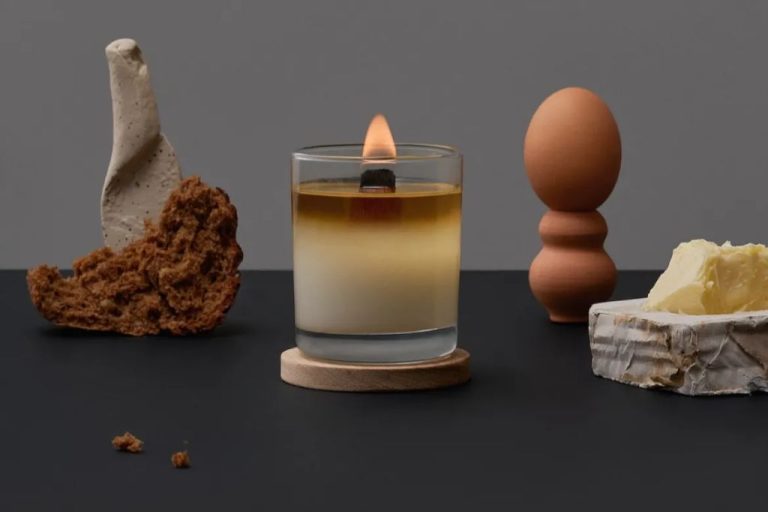How Many Times Can You Melt A Wax Melt?
What Are Wax Melts?
Wax melts are small chunks or bars of scented wax that are designed to be melted in wax melt warmers to fill a space with fragrance. They are an increasingly popular flameless scented product used in home fragrancing.
According to the Cambridge English Dictionary, wax melts are “small blocks of scented wax that are melted in an oil burner in order to make a room smell pleasant” (source). They are made from a soy wax or paraffin wax base blended with essential oils, fragrance oils, or other scents.
Wax melts are popular for their wide variety of available scents, ease of use, and flameless operation. They provide an easy way to fill any space with customized aromas and fragrance. Wax melt warmers melt the wax slowly and diffuse the scent into the air without the need for an open flame.
How Do Wax Melts Work?
Wax melts are made from a blend of wax and fragrant oils. Common waxes used include soy, paraffin, or a blend of the two. The wax provides the base and shape, while the fragrant oils give the wax melts their scent.
The wax used in melts has a low melting point, usually between 120-150°F. This allows the wax to liquify at low temperatures so the scent can be released. Wax melts are placed in a wax warmer, which gently heats them until the wax melts. This melting process enables the fragrant oils to evaporate into the air [1].
As the wax melt liquifies in the warmer, the heat causes the fragrant oils to turn from a solid into a gas. This process is called volatilization and allows the scent molecules to diffuse into the air to fragrance the surrounding area. The wax acts as a binder to hold the shape of the melt and slow down the diffusion of the oils as the wax warms.
Once turned on, wax warmers gently heat the wax to between 150-170°F. This is hot enough to melt the wax fully and reach the evaporation point for the oils, releasing the fragrance into the air. As long as the wax warmer remains on, the wax melt will continue warming and releasing its scent until the oils are fully evaporated from the wax.
Factors That Impact Melt Life
The ingredients and qualities of wax melts can significantly influence how long they last. Three key factors that determine melt life are wax type, oil quality, and whether the melt contains a wick or is wickless.
Paraffin wax melts typically do not last as long as soy wax or other natural wax options. Paraffin wax is derived from petroleum, so it retains scent for a shorter period before becoming spent. Soy wax melts made from soybean oils can retain fragrances 2-3 times longer than paraffin. Beeswax and vegetable-based waxes also outlast paraffin 1.
The quality of oils used to create wax melt scents makes a major difference as well. Inferior synthetic fragrance oils will fade quickly, while melts scented with premium essential oils or botanical extracts can fill a room with aroma for many melt cycles. High-end wax melt brands generally use higher-quality oils that maintain their notes longer.
Finally, melts that contain a small reed wick in the center typically deliver more robust scents over multiple melts compared to wickless varieties. The wick helps evenly disperse the oils as the wax liquefies. However, wickless melts are convenient since they don’t require maintenance between uses.
Typical Melt Cycles
Most wax melt manufacturers recommend recycling wax melts between 5-10 times before disposing of them. According to testing done by Serathena, their wax melts can be remelted around 8-9 times before losing their fragrance and aroma [1]. Customer feedback on sites like Amazon seems to align with this, with many reviewers reporting getting 6-8 uses out of their melts before replacing them.
It’s important not to overheat wax melts when remelting them, as this can burn off the fragrance more quickly. Letting wax melts fully solidify between uses also helps preserve the scent. Proper storage in a sealed container extends melt life by preventing the fragrance from dissipating between uses.
In general, expect to get 5-10 remelts out of a quality wax melt before the fragrance is depleted. Higher fragrance concentration and lower melt temperatures will be on the higher end of that range.
Maximizing Melt Life
There are several tips for getting the most life out of your wax melts.
Proper storage is important. Keep wax melts in an airtight container, away from heat and light. Exposure to air, heat, and light can cause the scent oils to evaporate prematurely. Storing them properly will help the melts retain their fragrance longer.
Avoid overheating your wax warmer. High temperatures will cause the wax to melt and evaporate quickly. Use a lower setting to allow the wax to liquefy slowly and evenly. This will extend the life of the melt.
Choose a high quality wax, like soy, beeswax, or a soy-paraffin blend. These waxes have a higher melting point than paraffin, so the wax will last longer. Natural waxes also retain fragrance oils better for improved scent throw and longevity.
Stirring the wax occasionally can also help maximize melt life. This redistributes the scent oils so no one area fades faster than others.
With proper care, most wax melts can be used for multiple melting cycles, giving you more enjoyment from each melt.
Signs Your Melt is Spent
There are a few key signs that indicate when a wax melt has reached the end of its effective life and is fully spent:
Loss of scent – The most obvious sign is when the wax no longer emits a strong fragrance, even when heated. As the wax ages and the fragrance oils dissipate, the scent will become progressively lighter.
Discoloration – Wax melts tend to darken and become dull as they are used. Fresh wax is usually brightly colored and clear. Discoloration happens as the fragrance oils and other ingredients break down.
Wax consistency changes – Spent wax often becomes crumbly or loses its shape. It may also develop a grainy texture. This happens as the wax components start separating.
Knowing these signs of a spent wax melt allows you to maximize usage before replacing it. Relying on your sense of smell is the best way to gauge when fragrance loss indicates the melt should be discarded.
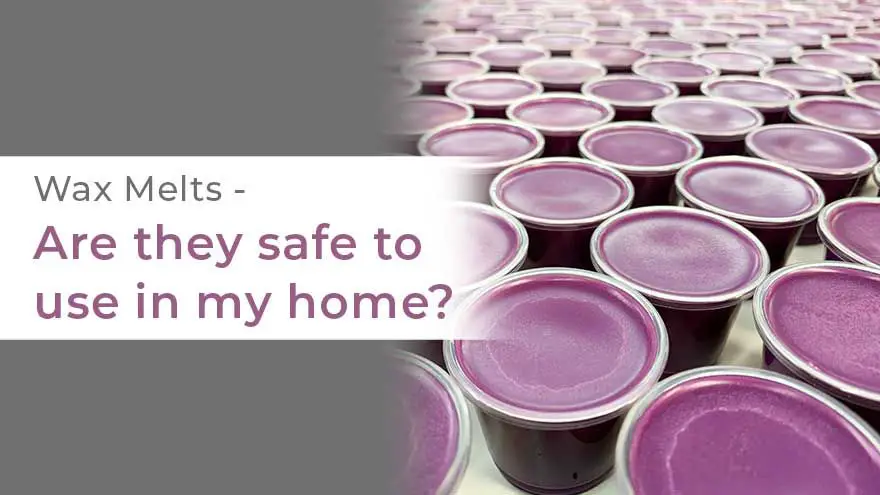
Safety Tips
When using wax melts, it’s important to follow some safety precautions to avoid potential hazards.
Make sure you only use an electric wax warmer designed specifically for wax melts. Candle warmers get much hotter and can cause the wax to combust [1]. Don’t leave your wax melt warmer unattended and always unplug it when not in use.
Keep wax melts out of reach of children and pets. Ingesting wax can be dangerous. Store any unused melts in an airtight container away from heat sources.
Always use your wax melt warmer in a well-ventilated area. The fragrance oils in wax melts can be irritating if inhaled in too high of concentrations. Open a window or turn on a fan to allow air circulation [2].
Make sure your warmer dish is on a heat-safe surface. The melted wax can drip and damage surfaces. Avoid placing the warmer near flammable materials like curtains.
Don’t add water to your wax melt dish as this can cause splattering or cracking. Only melt an appropriate amount of wax so it doesn’t overflow the dish.
With some basic safety tips, you can safely enjoy using wax melts without the hazards of open flames from candles.
Disposing of Used Melts
When your wax melt has exhausted its scent and you’re ready to dispose of it, the first step is to let the melted wax completely solidify. This makes it easier to remove from the warmer without spilling. Allow the warmer to cool completely before attempting to remove the used wax melt.
Once solidified, you can directly trash used wax melts or recycle them. If trashing, simply pop the hardened wax out of the warmer and into the garbage. Some people recommend trashing wax melts to avoid issues of contaminated recycling batches. However, wax melts are recyclable.
To recycle, wait for the wax to fully harden and remove it in one piece if possible. Then place it in a recyclable container or bag designated for recycling wax. The wax can be dropped off at recycling facilities that accept wax. Always call ahead to check policies. Source
Proper solidifying and disposing keeps wax melts out of plumbing and landfills. With care, the wax can burn many times before needing to be recycled or replaced.
Cost Analysis
When comparing the cost of wax melts to candles, wax melts typically provide more fragrance per ounce. According to Swoonworthy Scents, “Wax melts are normally less expensive than candles as you are not purchasing the wick or vessel along with it.”
A single wax melt cube or tart can provide fragrance for 6-8 hours or more before needing to be replaced. The cost per melt ranges from $0.25-0.75 on average. This means you can get multiple uses out of a single wax melt, providing hours of fragrance for less than the cost of a comparable scented candle.
When compared to other home fragrance options like reed diffusers, essential oil diffusers, or scented sprays, wax melts provide longer-lasting fragrance at a competitive price point. They are a cost-effective way to scent your home when compared to alternatives.
The Future of Wax Melting
The wax melt market is poised for continued growth in the coming years. According to Grandview Research, the global wax melts market is expected to grow at a compound annual growth rate of 6.1% from 2024 to 2030, reaching a value of $5.19 billion by 2030. This growth will be driven by increasing demand from millennials and Gen Z consumers who are adopting wax melts as an alternative to candles.
Several key trends will shape the future of the wax melt industry. There will likely be more emphasis on natural and eco-friendly wax blends as consumers become more sustainability-conscious. For example, soy wax and beeswax melts are gaining popularity for their renewable sources and biodegradability. The market will also see more creative and innovative wax melt designs and fragrances to attract consumers. New warming devices like flameless wax warmers and electric wax melt burners will further propel market growth.
Major players in the wax melt industry are investing in research and development to create longer-lasting wax melts. For instance, melts infused with high amounts of fragrance oils can extend scent release over multiple melting cycles. Wax melt packaging and labeling will also continue evolving to clearly indicate expected melt life and proper usage guidelines. Overall, the wax melt market outlook remains very positive, especially as it offers a safer, cleaner alternative to burning candles.

